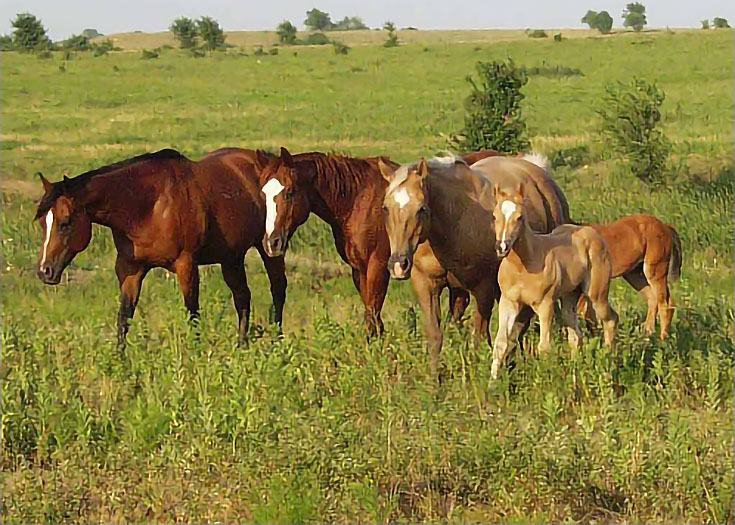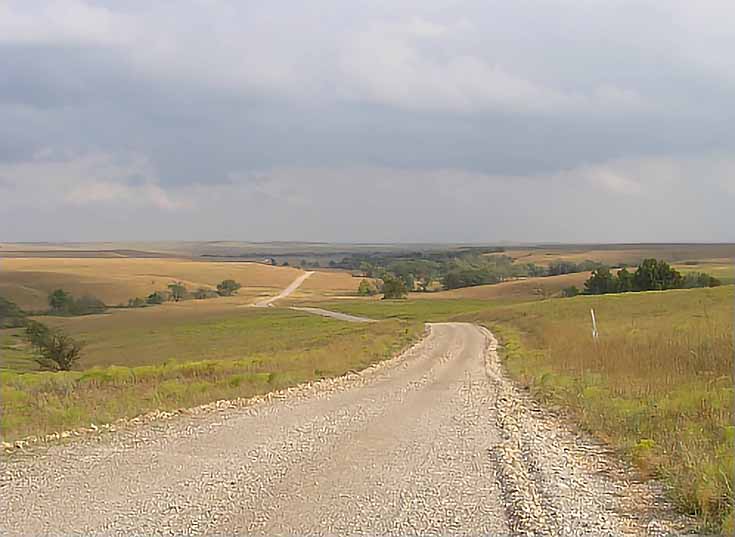Over the years I’ve shared many different step-by-step tutorials, both here at EE and at my own blog. They range in subject from how to blend colored pencils, to a full-on series describing how to paint with the Flemish method. I’ve also written articles on finding and using found texture to add visual interest to colored pencil drawings.
But one thing I don’t think I’ve ever described is how I begin a drawing project. Where does the process begin? What inspires me?
As an artist, those two questions have always interested me. Especially when I was getting started, I wanted to know everything about the methods other artists were using. I’ve always thought that if a particular method or process works for them, then maybe it will work for me, too.
There is, after all, always room for improvement. Right?
So today I’m going to take the initiative and answer those two questions that have always intrigued me, and almost never seem to get answered.
1. How do I get inspired to draw?
For the longest time, the only answer to this question was horses. There’s something about the way a horse is put together, the way it moves, yes, even the way it smells, that has always fascinated me.
As a child, I remember standing at the end of my driveway watching the Shetland ponies in the field across the road, even though they were doing nothing but eating grass. During my teen years, I wanted nothing more than to be able to paint and draw horses the very best I could. My “Big Dream” was to become famous enough that people would pay me to fly all over the world to photograph and paint their horses.
At that age, I devoured any horse magazine I could find. Nothing else interested me. But the gold in those pages wasn’t limited only to photographs of beautiful horses.
I also found advertisements for artists who were doing what I wanted to do, and that was an entirely new source of inspiration for me. Seeing those artists painting in a realistic style provided as much motivation as the horses themselves. If those people could paint like that, then so could I.
Of course, other things caught my artistic eye, too. Sunrises and sunsets; falling snow. The gray light and reflections of a rainy day. Colored Christmas lights (always a favorite!)
But it wasn’t until I moved to Kansas and saw the Flint Hills for the first time that my thoughts turned to landscape drawing. Yes, I grew up in Michigan, surrounded by lush fields, woods, streams, and lakes, but my first sight of the rugged Flint Hills on a cold December day prompted the thought, “Maybe I should try painting a landscape.”
My most recent expansion of artistic vision came when I starting doing more colored pencil drawings. It was as though I was seeing everything for the first time. . . put a box of colored pencils within arm’s reach and everything became a potential subject. The corn plant in the corner of the room. The light through the trees on a Fall day. The gravel in the parking lot (seriously!)
So now, whenever someone asks what inspires me to draw, I can honestly say “Almost anything. Even new pencils!” Not every inspiration ends up as a drawing, but so many things I see generates a creative spark of some kind.
2. How do I begin a new project?
Most of my drawings begin with a camera. I do a lot of composing through the lens of a digital camera, even when I’m not actively looking for a new subject to draw. It’s so easy to shoot several compositions of the same subject that I can’t resist taking lots of pictures. (It doesn’t hurt that I’ve always been something of a shutter bug, too.)
If I am actively looking for ideas for the next drawing, I take even more pictures: closeups, detail shots, big picture views. I may also take notes and do some sketches, but most of the work is done with the camera.
Back home, I review all the images with either Photoshop on a Mac, or Irfanview on the PC. I sort out a dozen of the best images and go through them a few times, removing a few each time until I end up with the best one.
If I can’t easily decide which one is best, I set them up as a rotating screen saver so I can see them randomly and throughout the day for a few days. Sometimes I end up combining the best elements of the best images using Photoshop, then using that as my primary reference for the drawing.
And, there are times when it only takes one look—when I can see that an image is so clearly the best that I don’t need to go through the entire review process or do much photo manipulation.
In that case, all I need to do is start drawing, and a new project has begun!
I hope these answers have helped (and maybe even inspired you) to start a new creative endeavor today. Good luck, and happy drawing!
This post may contain affiliate links.


